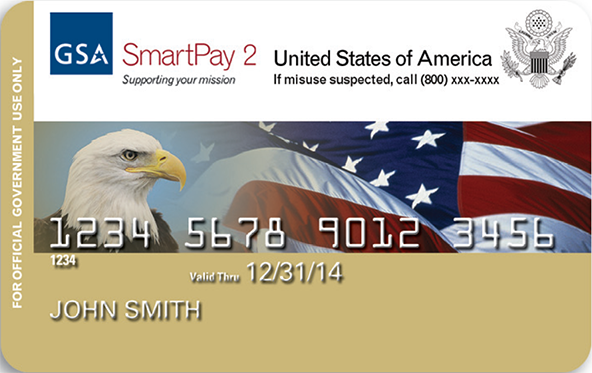Why Setting Up Multiple Merchant Accounts Is not a Good Strategy

One of the biggest misconceptions merchants have about the way their merchant accounts work is that opening several of them for a single businesses is a way to hedge against the risk of one of the accounts being closed down by the processor. It would not be such a big deal, the reasoning goes, as they would still have the other accounts to accept credit cards through.
Well, this is absolutely the wrong way to look at the issue and it potentially can have worse consequences than other common merchant account misconceptions, as it can lead to complacency and by the time you realized it, you could be shut off from the system altogether. Let’s see why.
Why Merchant Accounts Are Terminated
First, though, let’s briefly examine what can lead to an account closure. Merchant accounts can be terminated for an array of causes, including the following:
- Sensitive account information is compromised by merchant actions.
- The merchant was involved in factoring transactions, i.e. the merchant was processing transactions for someone else.
- Excessive chargeback ratio, which is reached if in any single month the number of chargebacks exceed 1% of the sales transaction count (not volume) for that month, and the chargeback amount totaled $5,000 or more.
- Excessive fraud, which is defined as a fraud-to-sales ratio of 8% of the monthly dollar amount or greater, and processing 10 or more fraudulent transactions totaling $5,000 or more in that month.
- Fraud conviction.
- Bankruptcy or insolvency.
- Collusion in fraudulent activity.
- Non-compliance with the PCI Data Security Standards.
- Identity theft committed by the merchant.
As you can see, the reasons for terminating a merchant account are far from trivial. Leaving the fraud-related and criminal causes aside, by far the most common cause for an account closure is excessive chargebacks, which coincidentally happens to be the major reason why merchants set up multiple accounts. However, that is not the way to ensure that your business will be able to accept cards in the long run.
What Happens When a Merchant Account Is Shut Down
To understand why relying on multiple merchant accounts as a hedge against the closure of any one of them is not a good strategy, you need to know what happens after a merchant account is terminated by a processor.
Once an account is terminated for cause (e.g. one of the above), the processor is required to enter the names and other identifying information of the terminated business and its owners into the Member Alert to Control High-risk Merchants (MATCH) system, also known as the Terminated Merchants File (TMF).
MATCH records are maintained for five years and during that time no processor will enter into a processing agreement with a listed merchant. Additionally, when the processors of the other accounts of the affected merchant learn about the MATCH listing, they are likely to also terminate their relationships, whether or not there is an immediate cause. Even if these other accounts were somehow kept open, unlikely as it is, the terms of their agreements would be updated to reflect the very high-risk status of the merchant. Needless to say, the new terms would be significantly more disadvantageous to the merchant.
The Takeaway
While you may get lucky and are able to keep one of your merchant accounts active after another is terminated, it is not a good idea to make it your strategy. If you did survive an account closure, you would still end up paying a significant premium for accepting card payments. Moreover, if you did not address the underlying cause of the closure of one of your accounts, the others will inevitably meet with the same fate. It is virtually guaranteed to happen.
So rather than developing a risky damage limitation strategy in the form of setting up multiple merchant accounts, you should invest the time to educate yourself on best card acceptance practices. Then develop your own payment processing procedures and train your staff on implementing them. It takes time and there may be a setback or two along the way, but in the long run you will be glad you did it.
Image credit: Acceptcreditcardsus.com.


